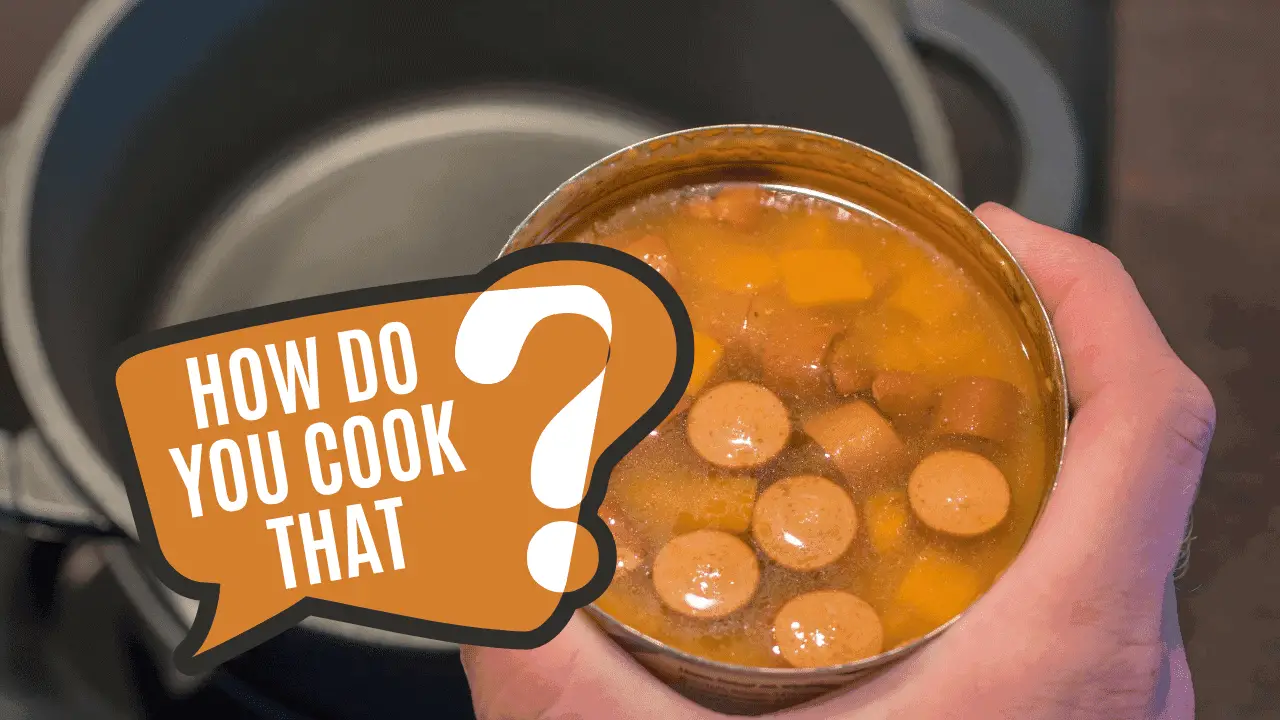There are numerous ways to reheat canned soup safely and effectively, just as there are countless varieties of canned foods available on the grocery store shelves.
Although soup from a can differs from the homemade variety by having a slightly diminished taste and nutritional content, they do come to you ready to eat. You don’t technically have to even heat it up if you don’t want to. Still, as it greatly improves your dining experience, you’re probably weighing your heating options right now.

I’m going to give you an overview of the top 4 ways to heat a can of soup with 2 extra bonus methods for those feeling a little more adventurous.
So get your spoons ready, because we are about to slurp up some soupy knowledge.
Before we dive right into the various heating methods that you can choose from, it’s best to choose the right heating method for the type of soup you are planning to eat.
Now, assuming you have a choice of heating methods and you’re not just locked away in a room somewhere with only a microwave.
Broth-based soups like vegetable or chicken noodles can be heated using any of the recommendations below. Dairy-based soups like chowders should be heated at a lower heat to not scorch the milk.
Is It Safe To Heat Canned Food In The Can?
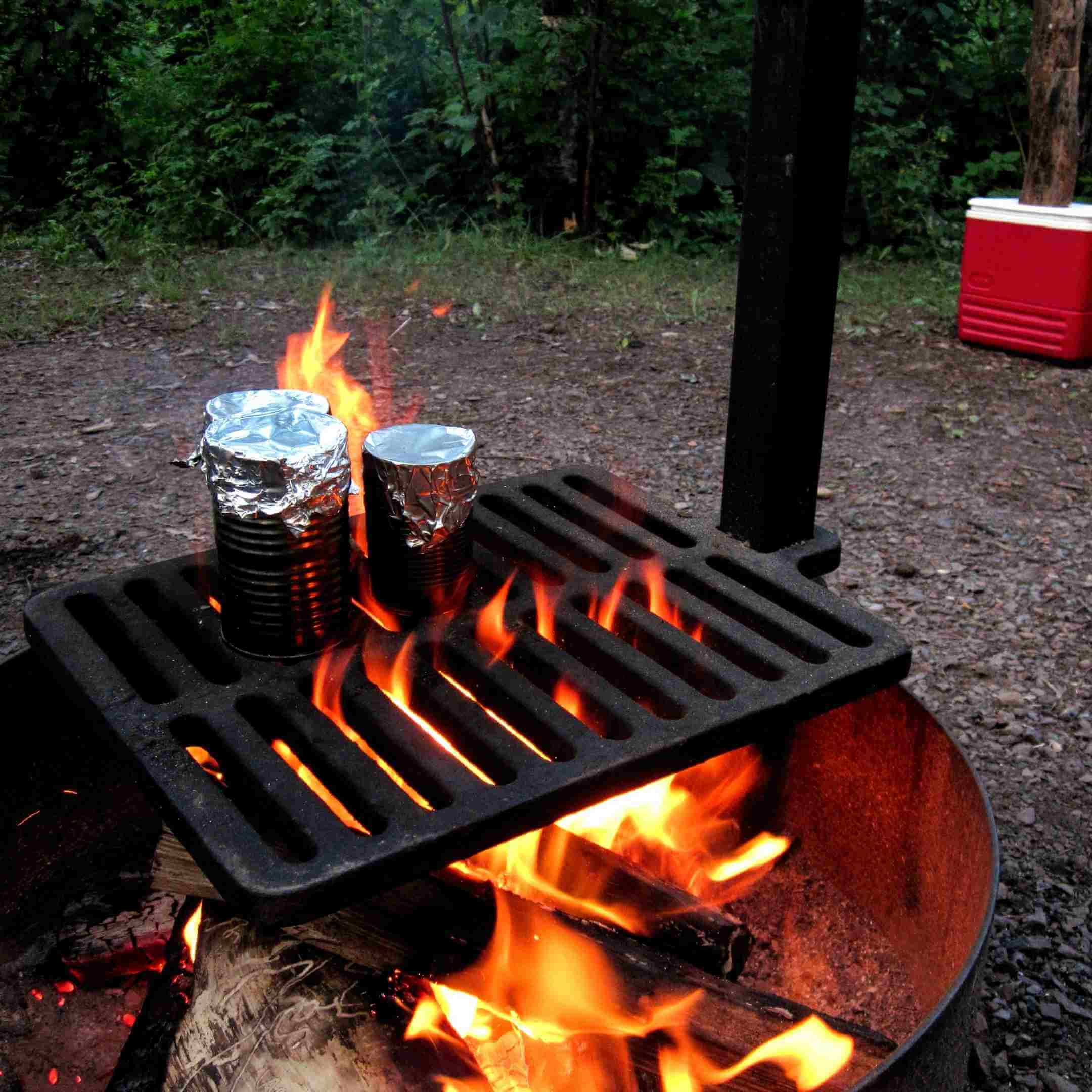
Although it is generally considered safe, manufacturers do not recommend using cans for anything but storing. It also depends on the material of the container. If it does not explicitly state on the can that is safe for heating, then doing so may result in potentially harmful metals leaking into food.
If you absolutely must heat canned food in its original container, the top must be punctured or removed completely to prevent pressure build-up.
Then, balance the can safely on any heating element and cover the container with a piece of foil if needed. You can also place the can in hot water and simmer on the fire or stovetop. Soup cans should never be heated in a microwave. To heat canned soup more safely check out these 6 easy methods below. I am sure that one of them will work for you.
Read Also: Are Canned Sardines Safe To Eat?
1. Heating Canned Soup On The Stove
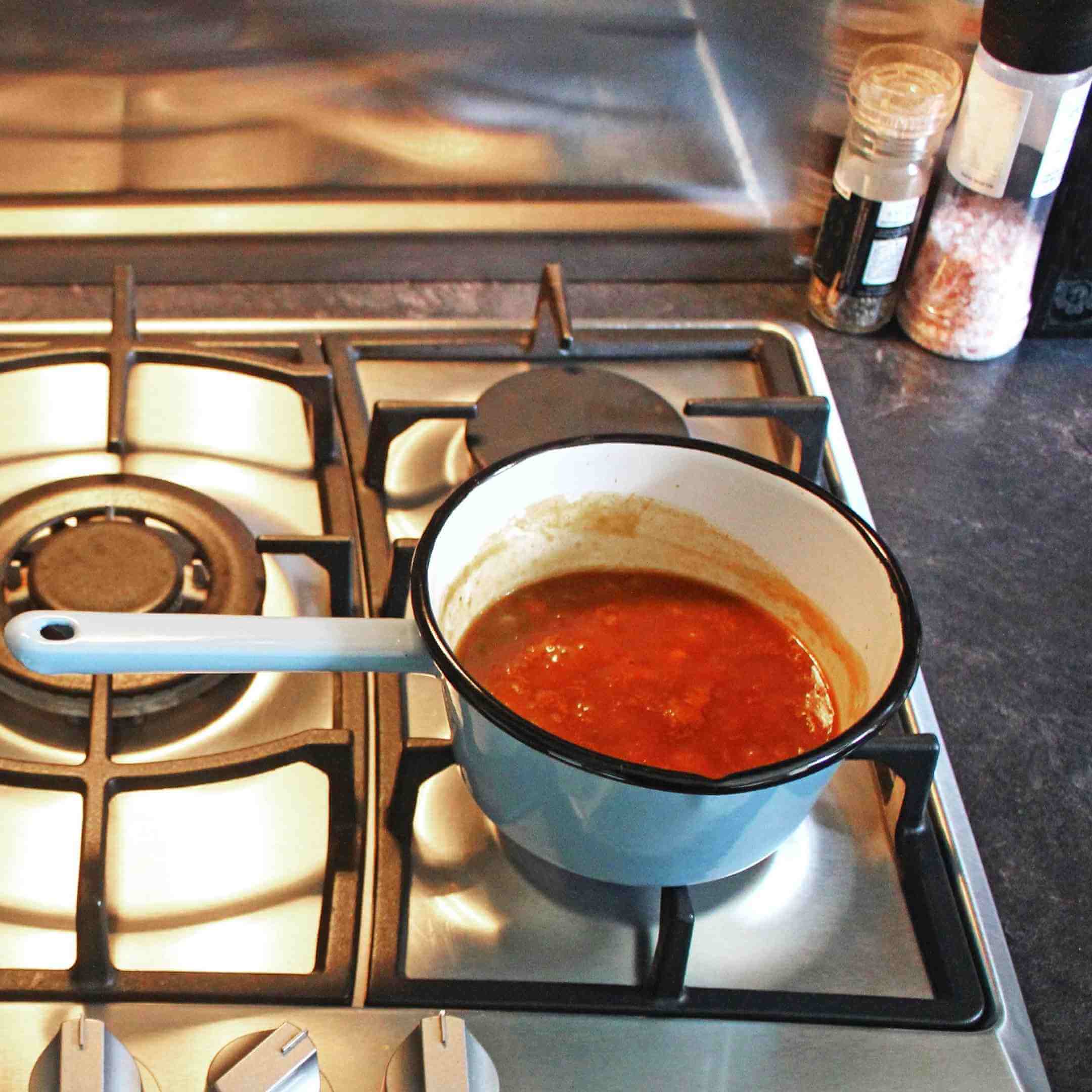
Heating up a can of soup on the stove is perhaps the easiest and most efficient way to warm up your broth-heavy meal. It’s my personal go-to whenever I have a stove available.
Most cans of soup have essentially the same instructions, but still, check the label before cooking.
Some canned soups however are concentrates. If you are working with condensed soup, you will need to add water to reconstitute it to its ideal consistency. If you miss this step and you are working with condensed soup, then you are about to have a really salty and thick experience.
When heating canned soup on the stove, choose a saucepan that appropriately holds the quantity of soup you are trying to heat. I always try to leave a couple of inches of room from the soup to the top of the pot to avoid a messy boil-over.
The Process
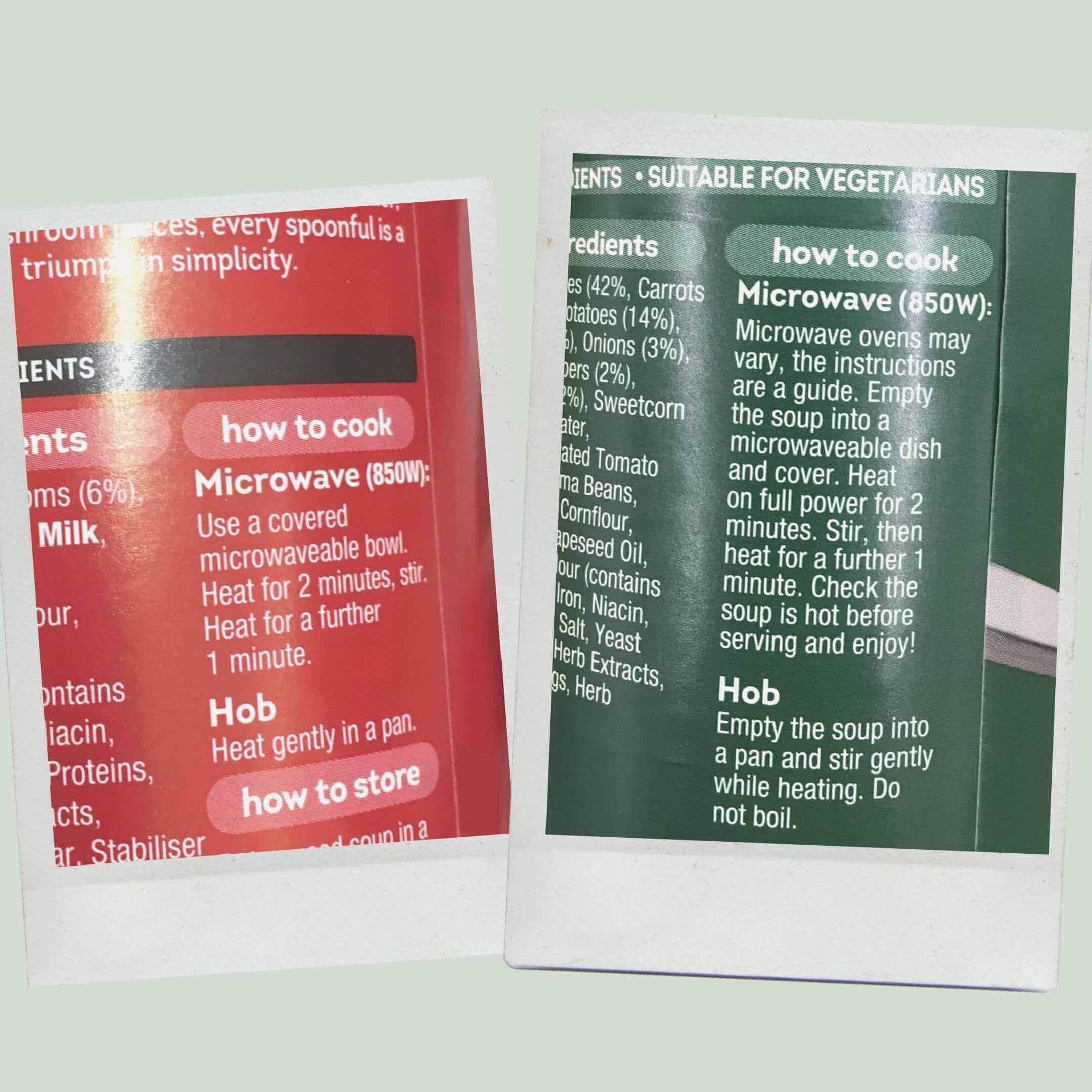
- Read the instructions and open the can.
- Empty the can’s contents into a small to medium saucepan.
- If the soup is too thick, add liquid: a little more water, cream, or broth.
- Heat slowly on low to medium heat until hot, stirring occasionally.
- Taste it. Add some seasoning, salt, or pepper, if you prefer.
- Remove from heat and serve.
Things To Avoid
- Never walk away from what you’re cooking – Attentively stir the soup as needed and make sure you don’t overheat it.
- Do not attempt to put an unopened can of soup directly onto a burner – The can will build up pressure until it explodes.
- It’s best not to cook the soup directly in the can even if you take the lid off – Chemicals from the can’s liner may leach into your food when direct heat is applied.
Read Also: How To Build A 6-Month Family Food Stockpile On A Budget
2. Heating Canned Soup In The Microwave
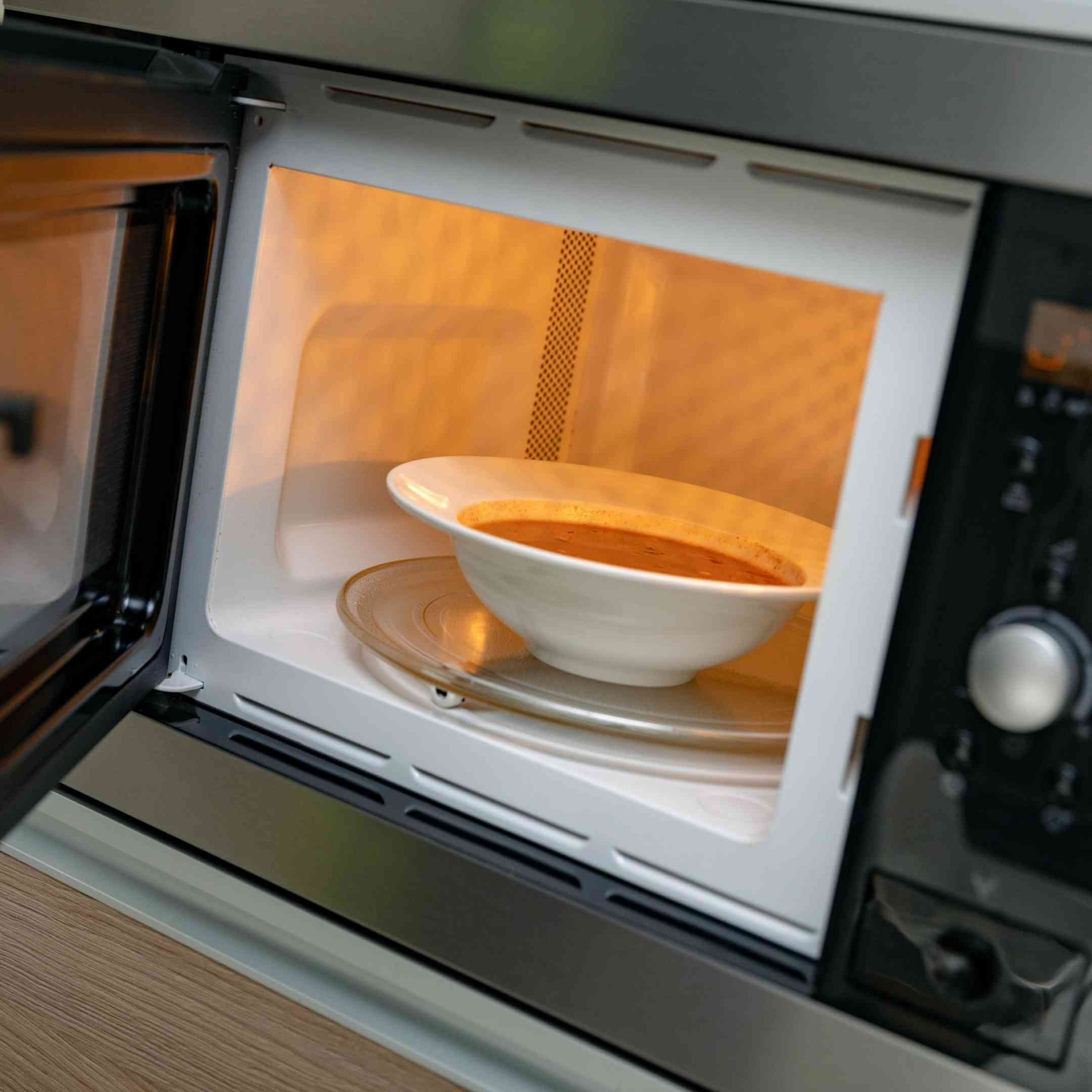
Microwaves are the quickest method for heating up a can of soup, but this method comes with its own unique set of pros and cons. Microwaves are certainly convenient. If you care mainly about cook time, then the microwave has no competition.
Microwaving food, however, decreases the nutritional content of the finished product. I try to use my microwave sparingly, but there is definitely a time and place to use one.
Microwaves also have a tendency to heat things inconsistently. That is precisely why it’s always a good idea to stir your microwaved food after heating it.
Make sure that you are using a microwave-safe bowl. Never microwave anything that contains foils, metallic paint, or metal trim. It’s also best to avoid microwaving in single-use plastic containers, and cold storage containers such as yogurt tubs and margarine containers.
When I microwave soup, I always do so in a glass or ceramic bowl.
The Process
- Empty the can’s contents into a microwave-safe bowl.
- Add some water, broth or milk, if the soup seems too thick, and mix it up.
- Cover with a lid, plate, or paper towel.
- Microwave on high (850W) for 2 minutes, stir, and microwave for another 1-2 minutes.
- Stir before serving to ensure even heating.
Things To Avoid
- Never microwave the can itself.
- Not stirring could create super hot pockets that can burn you.
- Don’t microwave uncovered unless you want a splashy mess.
Read Also: Can You Eat Microwave Rice Without Microwaving It?
3. Warm It Up In The Oven

If you’re planning on heating your canned soup up in the oven, you’re going to want to make sure that you have some time on your hands. This is one of the least energy-efficient methods on my list, but that being said, it certainly is a worthy candidate to get the job done.
So if the oven route is the one you choose, make sure that you use an oven-safe pot to cook it in. I personally find that cast iron or aluminum pots are the best kinds to heat things up in the oven. Just make sure that whatever you put in the over doesn’t have any plastic handles or components.
The Process
- Preheat the oven to 350°F (176°C) degrees.
- Pour the canned soup into a small or medium-sized oven-safe pot.
- Add a little bit of water, broth, or cream, if the base is too thick, and stir well.
- Cover your pot with aluminum foil.
- Bake for 25 -35 or until at the desired temperature.
- Give it a stir and serve.
Things To Avoid
- Do not use a pot with a plastic handle.
- Do not leave uncovered – The soup will splatter.
4. Give Slow Cooker A Try

If you think that heating a can of soup in the oven takes forever, then you’ve obviously never tried heating one in a slow cooker or crockpot. Not only is this an especially time-consuming method for heating up a can of soup, but it’s also low on our recommendation list due to food safety concerns.
Slow cookers, as their name implies, heat food items up very slowly. Go figure! Bacteria can grow rapidly in temperatures ranging between 40°F (4°C) and 140°F (60°C), even doubling in their numbers in as quickly as 20 minutes. This temperature range is quite often referred to as the Danger Zone.
You should never leave perishable food out of refrigeration for more than 2 hours. If the can is still unopened, then do not worry.
Avoiding this Danger Zone is key to not experiencing foodborne illness. Slow cookers are great for keeping things like soup at temperature, and the preservatives found in canned soups will certainly slow the rate of bacterial growth, but generally speaking, the time that it takes for a can of soup to heat up in a slow cooker is hardly worth the risk.
If you choose to use a slow cooker anyway, make sure you set the slow cooker on the HIGH setting to reach a safe simmering temperature as quickly as possible.
The Process
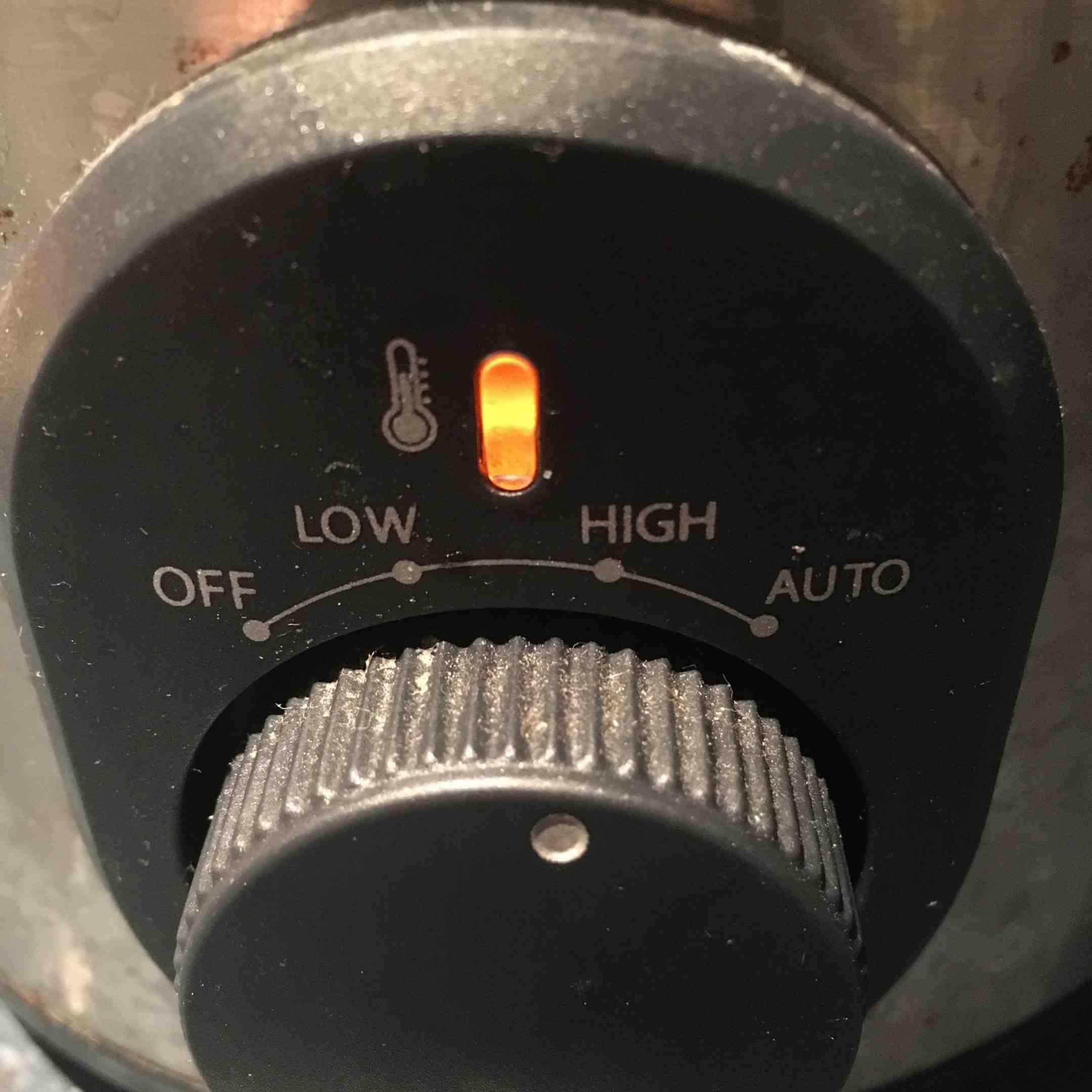
- Set the slow cooker on high.
- Pour in the canned soup.
- Add water, cream, milk, or broth, if the base seems too thick.
- Place the lid on the slow cooker.
- Heat for 1 to 2 hours.
- Give it a stir and check if it is hot enough.
- Now it is ready to be eaten.
Things To Avoid
- Do not heat on low or auto setting – It will take too long to cook and risk bacterial contamination.
- Do not leave overnight – One can of soup isn’t enough liquid to leave cooking for that long.
Read Also: Ziploc Bag Full of Food in Slow Cooker – What Could Possibly Go Wrong?
5. Cook It On An Open Fire

If you are like me and enjoy camping out in the great outdoors, then the time will come when you’ll want to heat something upon an open fire. I personally also have an outdoor kitchen that I like to use for summertime cookouts. Learning to cook on fire takes a little bit of practice, but it’s a great life skill to learn.
Heating a can of soup is about as introductory as it gets when cooking on a fire. This method is not only efficient but also sustainable. It’s ideal for both the survivalist and the casual camper.
It’s important that you are using fire-safe cooking gear in a similar way as it was when heating the soup in the oven. Again, cast irons and aluminum pans without plastic handles are key.
Make sure your stir spoon isn’t made of plastic either, and avoid using pans that are coated to minimize the risk of leaching harmful carcinogenic chemicals into your food.
Some people prefer to use a campfire cooking grate. If you have one of these or have a steel great that can be used as one, it’s important to make sure that the fire isn’t engulfing your pan.
You’ll want to heat your soup with a low flame to avoid burning it.
The Process
- Build a fire.
- Empty a can of soup into a fire-safe pan.
- If the soup is too thick, add water.
- Cover with a lid.
- Place on grate if you have one – If not, set the pan next to the fire.
- Check-in after 10 minutes – wait for the soup to come to a simmer.
- Use fire-safe gloves to remove from fire.
Things To Avoid
- Never put a can of soup into a fire – it will explode.
- Use a low flame – a raging fire will burn your soup.
- Don’t cook with pine – resins in the wood will make you sick.
- Don’t leave a fire unattended – always practice fire safety.
6. Make Use Of Coffee Maker
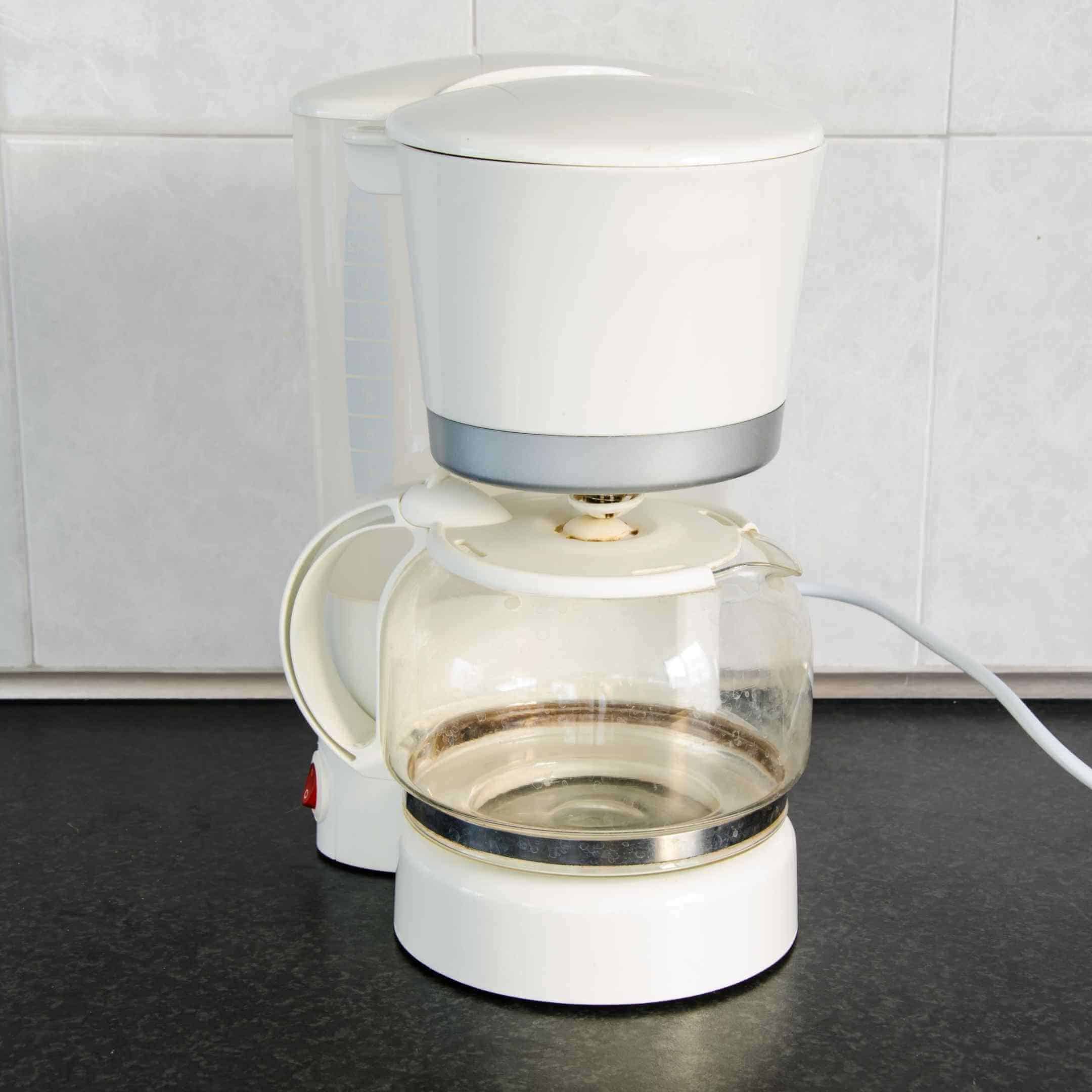
You heard that right. Your coffee maker is far more capable than you probably give it credit for. In a pinch, a coffee maker with a heating plate is capable of cooking all sorts of goodies, including scrambled eggs, bacon, ramen noodles, and you guessed it, canned soup! I’ve personally given this little life hack a try and can attest to its efficacy.
You’re going to want to either use a small saucepan directly on the heating plate or simply pour the tin directly into an empty coffee pot and switch on the heating mechanism.
Heating soup in this manner might be useful if you are ever in a hotel room that lacks a microwave or if you ever are just that bored and have nothing else to do.
The heating process is surprisingly quick. A can of soup will heat to an enjoyable temperature in about 10 to 15 minutes, depending on your coffee maker.
The Process
- Empty the can into the coffee pot or in a small saucepan.
- If the soup seems too thick, add some liquid.
- Place the pot or pan on the warming plate.
- Turn on and heat for 10 -15 minutes.
- Enjoy.
Things to Avoid
- Do not attempt to run the soup through the coffee maker – unless you’re trying to kill your coffee maker.
- Do not leave the warming plate on after you finish heating.
- Do not put any water in the coffee maker, unless you think the soup is too thick. 🙂
- Do not tell Hotel staff what you did with their equipment.
Honorable Mentions (Use at Your Own Risk)
There are many other ways that you can heat a can of soup other than the ones we’ve already discussed. I’m sure if you used your imagination, you could come up with dozens of crafty ways to heat a can of soup.
A few of these that I’ve come up with that deserve an honorable mention include:
- Constructing a solar oven.
- Try an electric lunch box.
- Using a hot engine block.
- Experiment with the boiler element heating coil.
- Re-purposing a hairdryer.
- Using a military M.R.E heating pack.
Hopefully, after reading this article, you now have a better working knowledge of the various ways that you can heat a can of soup.
Most people assume that microwaves and stovetops are the only ways to get the job done, but as it turns out, the available options are numerous depending on your needs and available resources.
Read Also: 5 Creative Ways to Fix Over-Slated Food
